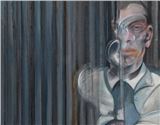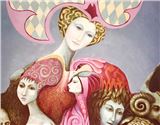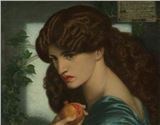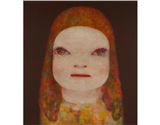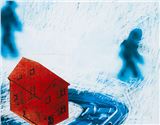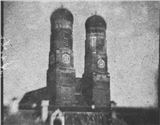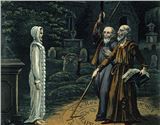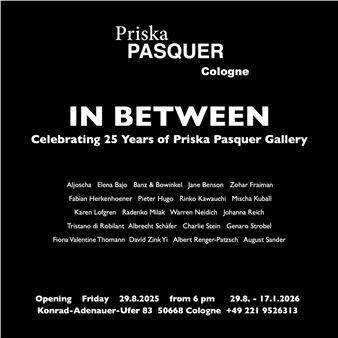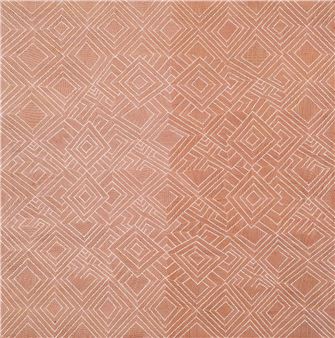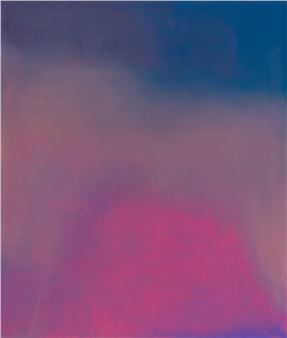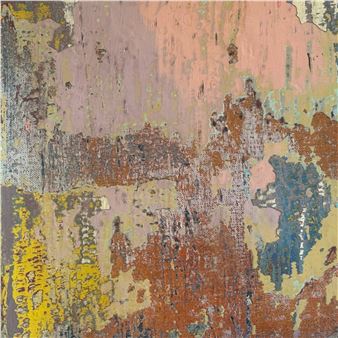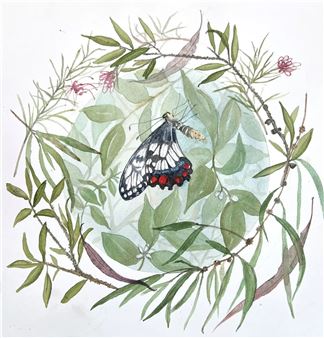Warlukurlangu Artists & Artists of Ampilatwatja
Ampilatwatja is in the heart of Alyawarr land on the Sandover Highway about 320km NE of Alice Springs. The artistsвҖҷ work is distinguished by the microcosmic detail invested in elements of landscape.
The Community of Ampilatwatja (pronounced um-bludder-witch) is the largest of three communities under the Aherrenge Aboriginal Association. It is located about 320 km north-east of Alice Springs and has a population of about 350 people who are predominantly of the Alyawarr language group. Ampiltwatja is in the heart of Alyawarr land on the Sandover Highway. The Alyawar people have always lived there and have travelled between soaks in the hot weather and have close ties to the people who live at Lake Nash.
The first European in the region was Charles Winnecke, a surveyor, who passed through in 1877. Although the Alyawarr people were shy of the Europeans, WinneckeвҖҷs expedition needed their help to find water in the desert, although they were not always careful with what they found and were known to waste water. In 1940, the land around Ampilatwatja, under the name of Ammaroo Station, was taken by Nugget Morton (who was connected to the infamous 1928 Coniston Massacre of between 30 and 60 people). The property subsequently changed hands a number of times and it was not until the mid 1980s that a small excision was made for the Alyawarr people. In the 1990s, with the return of Utopia Station to traditional ownership, the Alyawarr people of Ampilatwatja made a claim for their traditional homelands. As Banjo Morton says: вҖңWe never moved from this country.. This is our fatherвҖҷs fatherвҖҷs country. We canвҖҷt leave it!вҖқ
In 1999, a community arts centre was established, under the banner Artists of Ampilatwatja. This has provided the community with the means to increase economic opportunities, while, at the same time, reinforcing the value of the Alywarr peopleвҖҷs culture.
The art of Ampilatwatja is distinctive amongst indigenous painting, using a broad spectrum of colour and focusing on the features of country viewed from a high vantage point. The root of Ampilatwatja art, as in all Indigenous art, is in the country. The finely dotted landscapes depict each artistвҖҷs own particular country or place they have custodianship over. Apmer (country) and all the different bush medicines and bush tucker are also reflected within each painting. This information is mapping the country; each artist is painting her own little piece of one big map. Therefore artists themselves donвҖҷt judge a painting as good or bad - these paintings are sacred paintings, not frivolously done.
Warlukurlangu Artists operates from a small gallery and workshop in the heart of Yuendumu - a township on Aboriginal land 300 dusty kilometres from Alice Springs in central Australia. Warlukurlangu was established as an artistвҖҷs collective in 1985 to represent the interests of hundreds of Australian Aboriginal artists from the Warlpiri and Anmatyerr language groups at Yuendumu and surrounding homelands and communities. Warlukurlangu is a Warlpiri word meaning вҖңbelonging to fireвҖқ and is also the name of an important ceremonial and sacred site a few kilometres west of Yuendumu.
Artists: Artists: Kelly Ann Nungurrayi Gibson, Sarah Napaljarri Sims, Christine Napanangka, Shorty Jangala Robertson, Lynette Nangala Singleton, Joy Napangardi Michaels, Liddy Napananhka Walker, Ursula Napangardi Hudson, Stephanie Napurrurla Nelson, Alma Nungurrayi Granites, Joycie Morton, Kindy Kemarre Ross, Julieanne Ngwarraye Morton, Theresa Ngwarraye Morton, Michelle Pula Holmes, Kathleen Nanima Rambler, Lily Kemarre Morton, Colleen Ngwarraye Morton, Elizabeth Ngwarri Bonney, Melita Morton.

Recommended for you
Ampilatwatja is in the heart of Alyawarr land on the Sandover Highway about 320km NE of Alice Springs. The artistsвҖҷ work is distinguished by the microcosmic detail invested in elements of landscape.
The Community of Ampilatwatja (pronounced um-bludder-witch) is the largest of three communities under the Aherrenge Aboriginal Association. It is located about 320 km north-east of Alice Springs and has a population of about 350 people who are predominantly of the Alyawarr language group. Ampiltwatja is in the heart of Alyawarr land on the Sandover Highway. The Alyawar people have always lived there and have travelled between soaks in the hot weather and have close ties to the people who live at Lake Nash.
The first European in the region was Charles Winnecke, a surveyor, who passed through in 1877. Although the Alyawarr people were shy of the Europeans, WinneckeвҖҷs expedition needed their help to find water in the desert, although they were not always careful with what they found and were known to waste water. In 1940, the land around Ampilatwatja, under the name of Ammaroo Station, was taken by Nugget Morton (who was connected to the infamous 1928 Coniston Massacre of between 30 and 60 people). The property subsequently changed hands a number of times and it was not until the mid 1980s that a small excision was made for the Alyawarr people. In the 1990s, with the return of Utopia Station to traditional ownership, the Alyawarr people of Ampilatwatja made a claim for their traditional homelands. As Banjo Morton says: вҖңWe never moved from this country.. This is our fatherвҖҷs fatherвҖҷs country. We canвҖҷt leave it!вҖқ
In 1999, a community arts centre was established, under the banner Artists of Ampilatwatja. This has provided the community with the means to increase economic opportunities, while, at the same time, reinforcing the value of the Alywarr peopleвҖҷs culture.
The art of Ampilatwatja is distinctive amongst indigenous painting, using a broad spectrum of colour and focusing on the features of country viewed from a high vantage point. The root of Ampilatwatja art, as in all Indigenous art, is in the country. The finely dotted landscapes depict each artistвҖҷs own particular country or place they have custodianship over. Apmer (country) and all the different bush medicines and bush tucker are also reflected within each painting. This information is mapping the country; each artist is painting her own little piece of one big map. Therefore artists themselves donвҖҷt judge a painting as good or bad - these paintings are sacred paintings, not frivolously done.
Warlukurlangu Artists operates from a small gallery and workshop in the heart of Yuendumu - a township on Aboriginal land 300 dusty kilometres from Alice Springs in central Australia. Warlukurlangu was established as an artistвҖҷs collective in 1985 to represent the interests of hundreds of Australian Aboriginal artists from the Warlpiri and Anmatyerr language groups at Yuendumu and surrounding homelands and communities. Warlukurlangu is a Warlpiri word meaning вҖңbelonging to fireвҖқ and is also the name of an important ceremonial and sacred site a few kilometres west of Yuendumu.
Artists: Artists: Kelly Ann Nungurrayi Gibson, Sarah Napaljarri Sims, Christine Napanangka, Shorty Jangala Robertson, Lynette Nangala Singleton, Joy Napangardi Michaels, Liddy Napananhka Walker, Ursula Napangardi Hudson, Stephanie Napurrurla Nelson, Alma Nungurrayi Granites, Joycie Morton, Kindy Kemarre Ross, Julieanne Ngwarraye Morton, Theresa Ngwarraye Morton, Michelle Pula Holmes, Kathleen Nanima Rambler, Lily Kemarre Morton, Colleen Ngwarraye Morton, Elizabeth Ngwarri Bonney, Melita Morton.
Artists on show
- Alma Nungarrayi Granites
- Christine Napanangka
- Colleen Morton
- Elizabeth Bonney
- Joy Michaels
- Joycie Morton
- Julieanne Morton
- Kathleen Rambler
- Kelly Gibson
- Kindy Ross
- Liddy Napanangka Walker
- Lily Morton
- Lynette Singleton
- Melita Morton
- Michelle Holmes Apwerl
- Sarah Sims
- Shorty Robertson Jangala
- Stephanie Nelson
- Theresa Morton
- Ursula Napangardi Hudson
Contact details


 ARTISTS
ARTISTS
